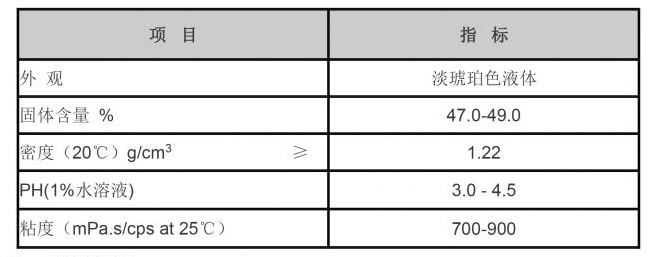Synthesis and Applications of Amino Trimethylene Phosphonic Acid in Industry
Amino Trimethylene Phosphonic Acid (ATMP) Structure, Properties, and Applications
Amino Trimethylene Phosphonic Acid, commonly referred to as ATMP, is a phosphonic acid derivative that has garnered attention in various industrial applications due to its unique chemical properties. As a chelating agent, ATMP is particularly known for its ability to bind metal ions and inhibit scale formation in aqueous environments, making it invaluable in sectors such as water treatment, oil and gas, and agriculture.
Chemical Structure and Properties
The chemical formula for ATMP is C4H12N2O6P, and it features a trimethylene (or three-carbon) connector that links a phosphonic acid group to an amino group
. The presence of both amine and phosphonic acid functional groups presents ATMP as a bifunctional chelator that can form stable complexes with a variety of metal ions, including calcium, magnesium, and iron.The versatility of ATMP can be attributed to its high degree of solubility in water, making it ideal for use in environments where solubility is a critical factor. Additionally, its stability across a range of pH levels allows it to function effectively under various conditions encountered in industrial processes.
Applications of ATMP
1. Water Treatment One of the primary applications of ATMP is in water treatment processes, where it acts as a scale inhibitor. In industries such as power generation and cooling systems, the presence of calcium carbonate or calcium sulfate can lead to scale buildup, which diminishes efficiency and can cause significant damage to infrastructure. ATMP effectively suppresses the crystallization of these salts, maintaining the operational efficiency of systems through reduced fouling and scaling.
amino trimethylene phosphonic acid atmp

2. Oil and Gas Industry In the oil and gas sector, ATMP is employed to mitigate scale formation during extraction and production processes. The inhibition of scale formation helps protect equipment, enhance oil recovery rates, and ensure the smooth operation of production facilities. The use of ATMP also extends to acidizing treatments, where it helps control the precipitation of minerals that can plug porous formations.
3. Agriculture In agriculture, ATMP's ability to enhance nutrient availability makes it a useful additive in fertilizers. By complexing with metal ions, ATMP helps prevent nutrient lock-up in the soil, ensuring that essential trace elements remain available for plant uptake. This can contribute to increased crop yields and improve overall soil fertility.
4. Detergents and Cleaners ATMP is also used in the formulation of detergents and cleaning agents, where it serves to prevent the precipitation of detergent components with metal ions. Its role as a sequestrating agent helps enhance the efficiency of these products in hard water conditions.
Environmental Considerations
While ATMP is recognized for its beneficial applications, environmental considerations surrounding its use are paramount. Phosphonic acids can persist in the environment, raising concerns regarding their ecological impact. As such, it’s crucial for industries utilizing ATMP to adhere to environmental regulations and pursue research into more sustainable alternatives wherever possible.
Conclusion
In summary, Amino Trimethylene Phosphonic Acid (ATMP) is a multifunctional compound with diverse industrial applications, primarily due to its scale-inhibiting properties and ability to complex with metal ions. Its use in water treatment, oil extraction, agricultural practices, and cleaning products highlights its versatility and effectiveness. As industries continue to assess the environmental impact of chemical additives, ongoing research and innovation will play vital roles in maximizing the benefits of ATMP while minimizing potential ecological risks.
-
lk-319-special-scale-and-corrosion-inhibitor-for-steel-plants-advanced-solutions-for-industrial-water-systemsNewsAug.22,2025
-
flocculant-water-treatment-essential-chemical-solutions-for-purification-processesNewsAug.22,2025
-
isothiazolinones-versatile-microbial-control-agents-for-industrial-and-consumer-applicationsNewsAug.22,2025
-
scale-inhibitor-key-solutions-for-water-system-scale-preventionNewsAug.22,2025
-
organophosphonates-versatile-scale-inhibitors-for-industrial-water-systemsNewsAug.22,2025
-
scale-and-corrosion-inhibitor-essential-chemical-solutions-for-water-system-maintenanceNewsAug.22,2025





